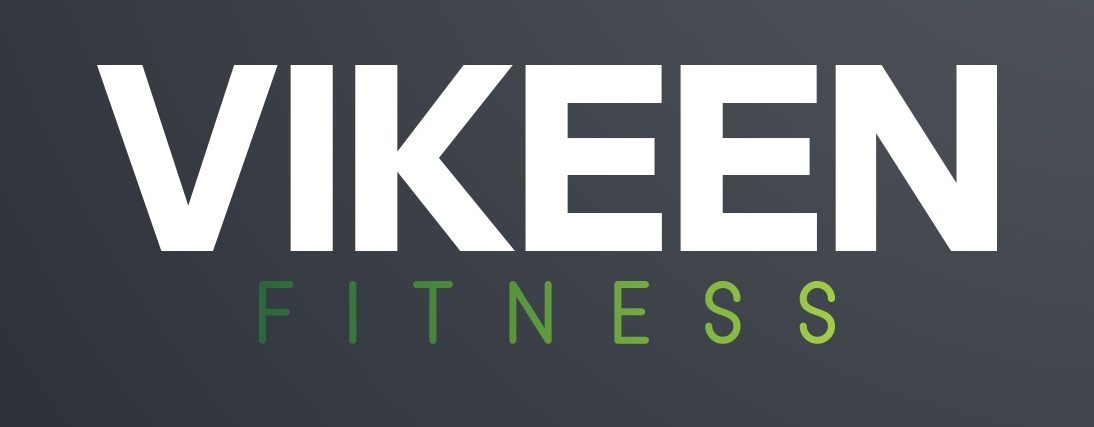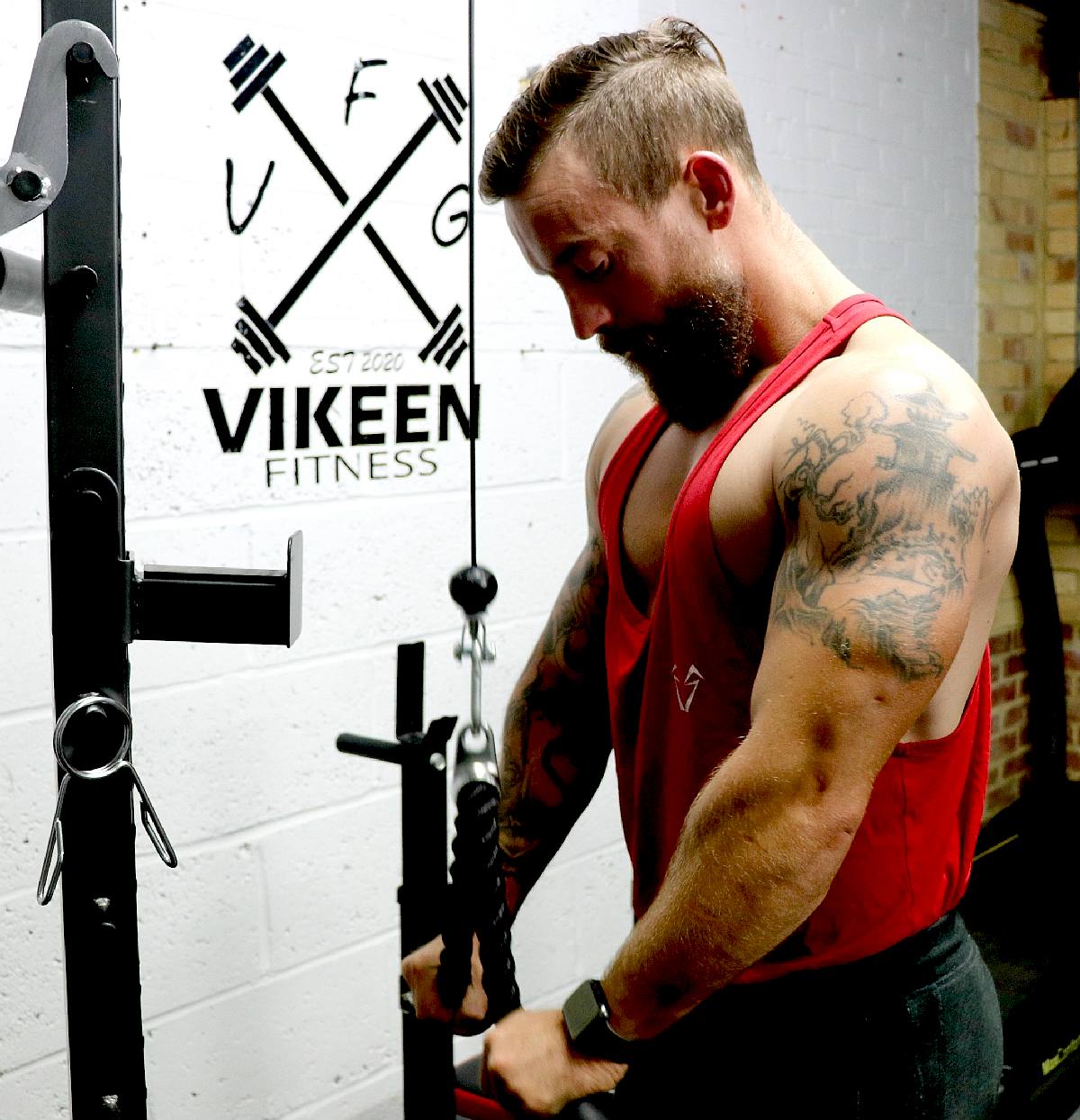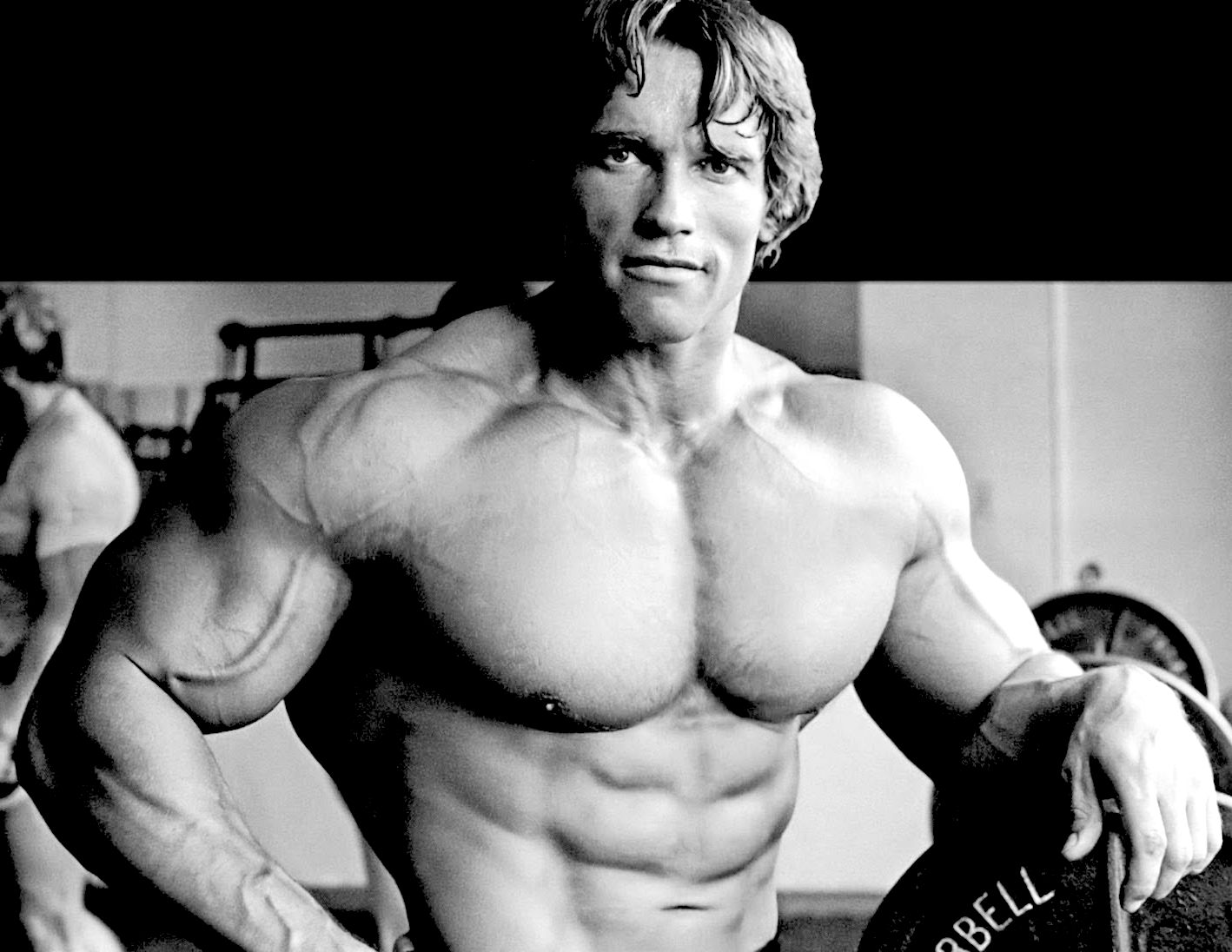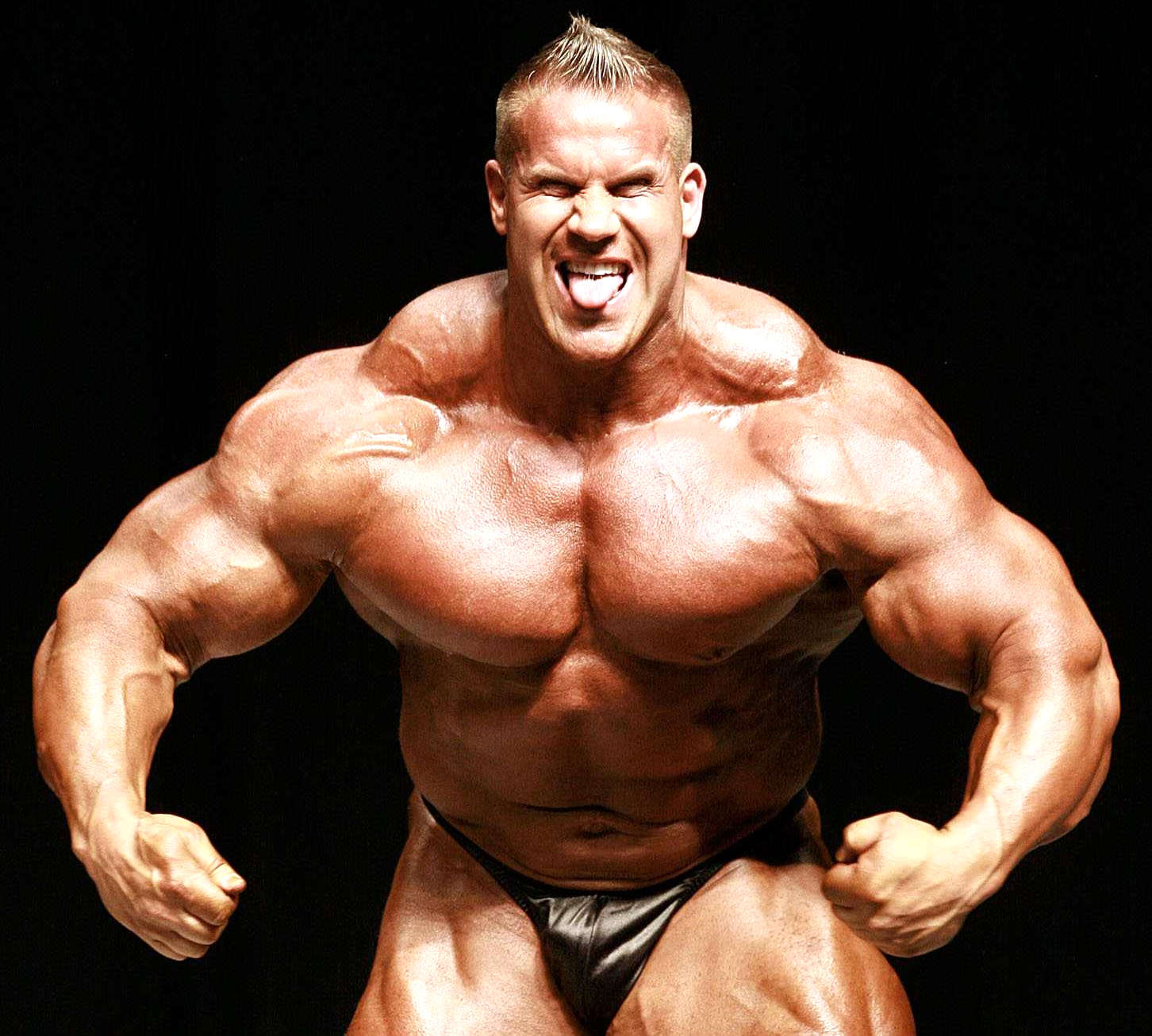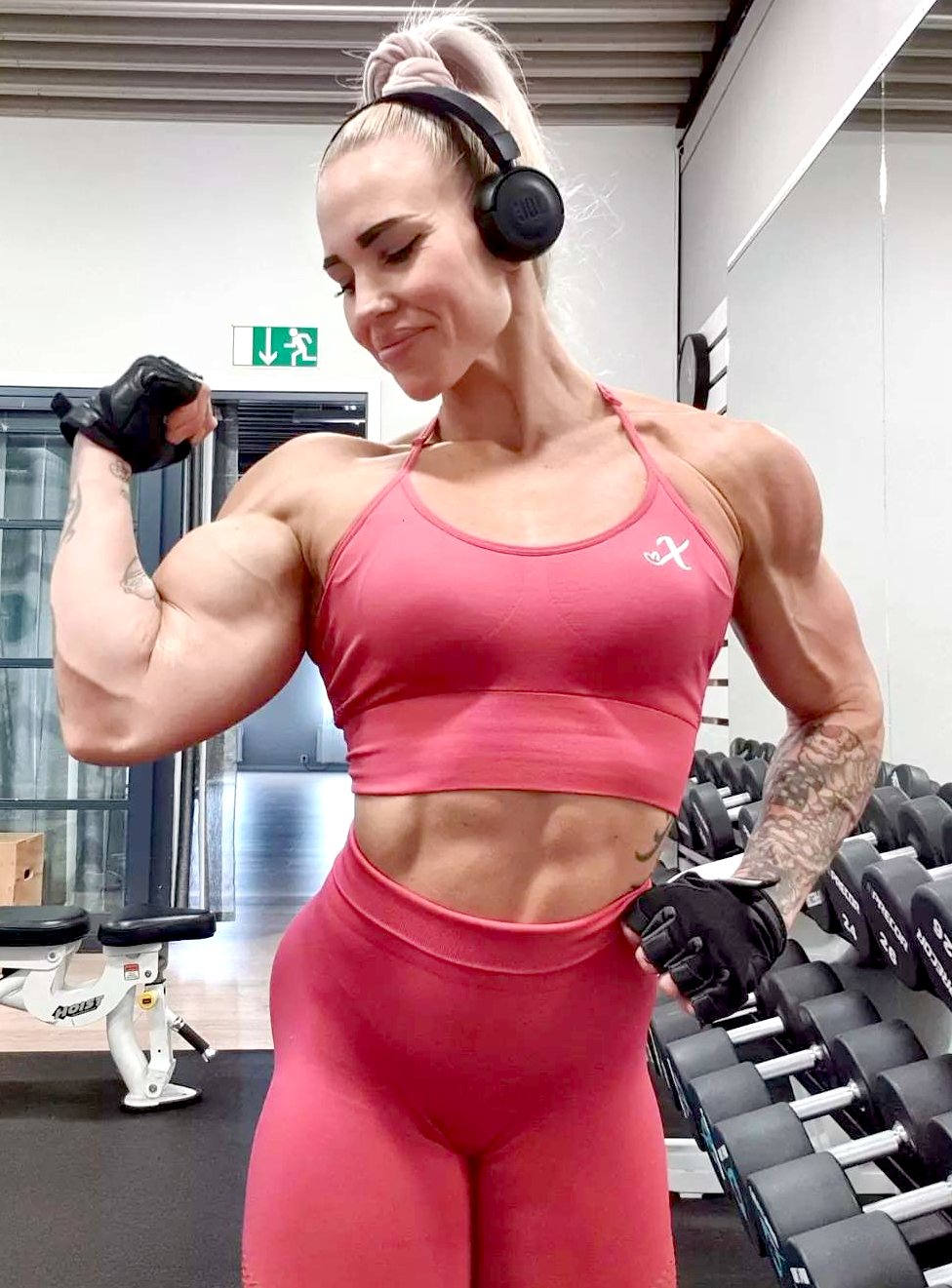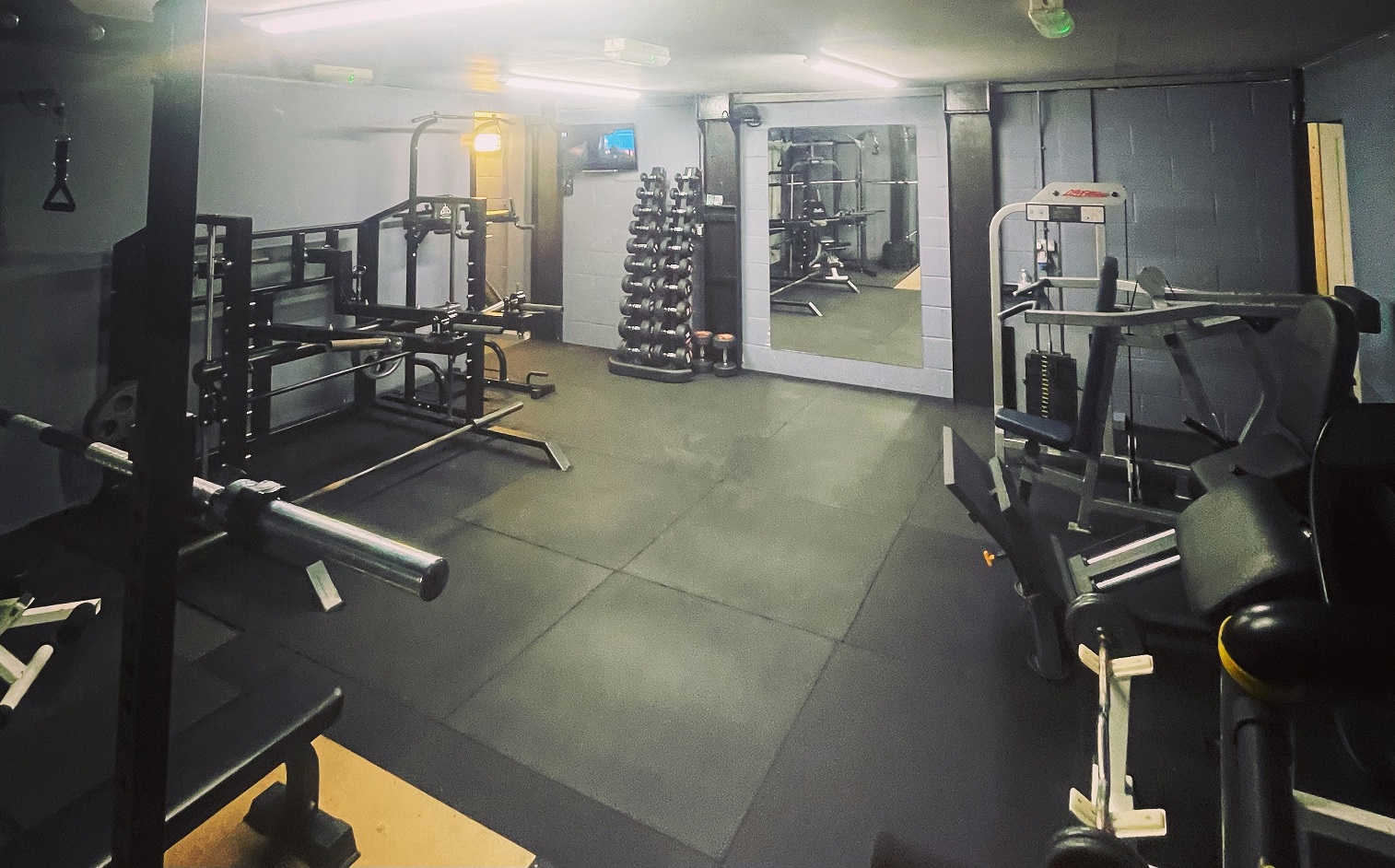
PROFESSIONAL
GYM, EASTBOURNE - We
don't all have the time to look like the Rock or perform like a gymnast,
but with a few minutes a couple of times a week in a gym, or with a
personal trainer, you can gain a few years back, look
and feel great - and it need not cost the earth. Everyday chores will
seem less daunting, because your body will be stronger and more able to
cope. This is your local gym in Eastbourne.
VITAMIN D
Vitamin D is essential for your muscles to function normally. As per a study, a Vitamin D deficiency leads to proximal weakness and reduced muscle mass. It also puts you at an increased risk of falling. Vitamin D can be used to help patients suffering from muscle pain or weakness. Providing Vitamin D supplementation can also prove to be beneficial for the elderly since they are more prone to suffering from falls.
Typically leading to fractured hip, or other bone damage, hospitalization
and end of life complications.
Vitamin
D is needed for healthy teeth and bones.
VITAMIN D SKIN CANCER RISK & PROGNOSIS
Exposure to the sun causes both skin cancer and vitamin D production. Cutaneous production of vitamin D is initiated by exposure to UV-B radiation. Serum concentrations of 25-hydroxyvitamin D (25(OH)D) of 50 nmol/l or higher are classed as sufficient.
When your skin is exposed to sunlight, it manufactures vitamin D. The sun’s ultraviolet B (UVB) rays interact with a protein called 7-DHC in the skin, converting it into vitamin D3, the active form of vitamin D.
Too many people think that using sunscreen and other forms of sun protection leads to vitamin D deficiency, and that the best way to obtain enough of the vitamin is through unprotected sun exposure. But that can lead to a whole other set of serious problems.
With reference to the Skin Cancer Foundation,
let us explain why, when you add up the pros and cons, letting the sun beat down on your face and body is
probably not the way to satisfy your D quotient. Let us show you how you can have your D and literally eat it too, without abusing the skin you’re in.
Since, have attained a body beautiful, you may want a decent tan to go
with your shape.
VITAMIN D DEFICIENCY RISKS
Vitamin D helps keep your bones strong by regulating calcium levels. Maintaining adequate amounts of the vitamin is essential for your bone health. People deficient in the vitamin can suffer symptoms including muscle aches, muscle weakness and bone pain. In severe cases, by reducing calcium absorption, deficiency can lead to slower growth, bone softening and weakened bone structure, increasing the risk of skeletal deformities, osteoporosis and fractures.
“Studies have never found that everyday sunscreen use leads to vitamin D insufficiency. In fact, people who use sunscreen daily can maintain their vitamin D levels.”
In recent years, the claims for vitamin D have gone further. Some proponents hypothesize that it does everything from decreasing cancer deaths and heart disease to inhibiting type 1 diabetes and rheumatoid arthritis. However, these suggestions are based on observational studies alone. This means the researchers have observed that people with enough vitamin D have a lower incidence of and/or deaths from these diseases, but not that vitamin D is the reason they are lower. While observational studies may be a good starting point, they are not proof or a basis for medical recommendations.
BENEFITS OF SUN PROTECTION & RISKS OF EXPOSURE
In contrast, there is overwhelming evidence for the multiple benefits of sun protection. Controlled studies have shown that regular use of an SPF 15 or higher broad-spectrum sunscreen reduces your chances of developing squamous cell carcinoma by about 40 percent, melanoma by 50 percent and premature skin aging by 24 percent.
It has been proven on the molecular level that the sun’s ultraviolet (UV) light damages the skin’s cellular
DNA, creating genetic mutations that can lead to skin cancer. Both the U.S. Department of Health and Human Services and the World Health Organization have identified solar UV as a proven human carcinogen, with studies linking it to about 90 percent of nonmelanoma skin cancers and about 86 percent of melanomas, as well as premature skin aging. In addition, UV radiation harms the eyes and can cause cataracts, eyelid cancers and other ocular skin cancers, including melanomas.
In short, unprotected sun exposure puts you at risk for any number of conditions that can permanently damage your skin, disfigure you, sometimes even kill you. And the regular use of sun protection can go a long way to keep any of that from happening.
DAMAGE FROM SUN EXPOSURE
The truth is, it doesn’t take much sun exposure for the body to produce vitamin D. Even committed proponents of unprotected sun exposure recommend no more than 10 to 15 minutes of exposure to arms, legs, abdomen and back, two to three times a week, followed by good sun protection. That minor amount of exposure produces all the vitamin D your body can muster. After that, your body automatically starts to dispose of vitamin D to avoid an overload of the vitamin, at which point your sun exposure is giving you nothing but sun damage without any of the presumed benefit.
The thing is, even just those unprotected 10 or 15 minutes are way more than enough time to cause DNA damage, and every bit of this damage adds up throughout your lifetime, producing more and more genetic mutations that keep increasing your lifetime risk of skin
cancer. Unfortunately, the very same UVB wavelengths (290-320 nanometers, or nm) that make the body synthesize vitamin D are also the wavelengths that produce sunburn and genetic mutations that can lead to skin cancer.
And that’s not to mention the damage caused by the sun’s longer-wave UVA radiation (320-400 nm), the key UV rays behind premature skin aging as well as a cause of skin cancer. A 2015 study published in Science found that UVA damage can start in less than a minute in the sun. The damage to the skin’s pigment cells (melanocytes) actually keeps developing hours after the sun exposure ends. Melanocyte damage can lead to melanoma, the deadliest form of
skin
cancer.
Regular
exercise and a healthy diet, can reduce the risk of developing cancer.
Stay away from carcinogenic substances. Don't smoke cigarettes, and
refrain from drinking too much alcohol, or don't drink at all. Best of
all, stay out of cities to avoid diesel
particulates, another cause of lung
cancer.
Cancer
research is important. In the UK, you can run
for life to help raise money for this worthwhile cause.
